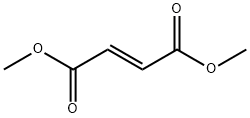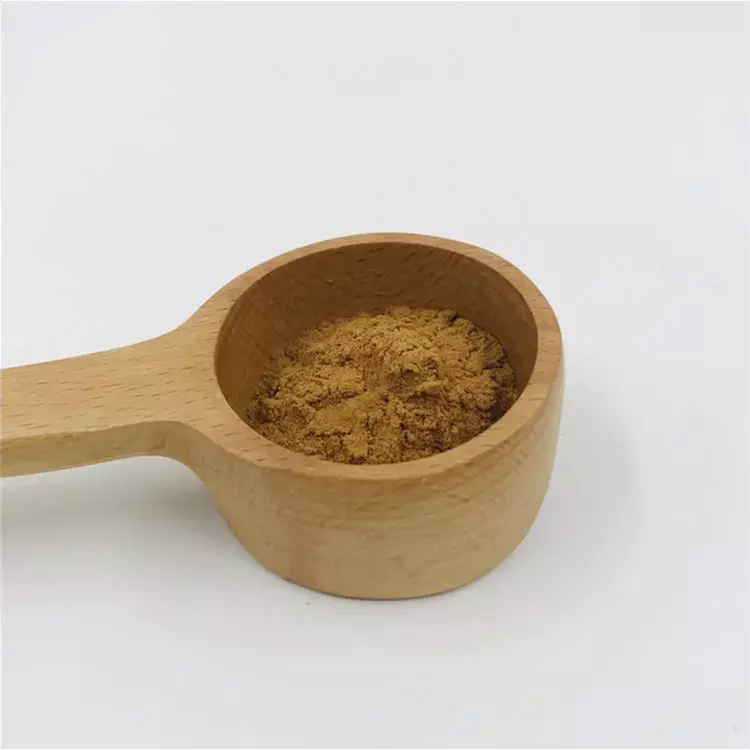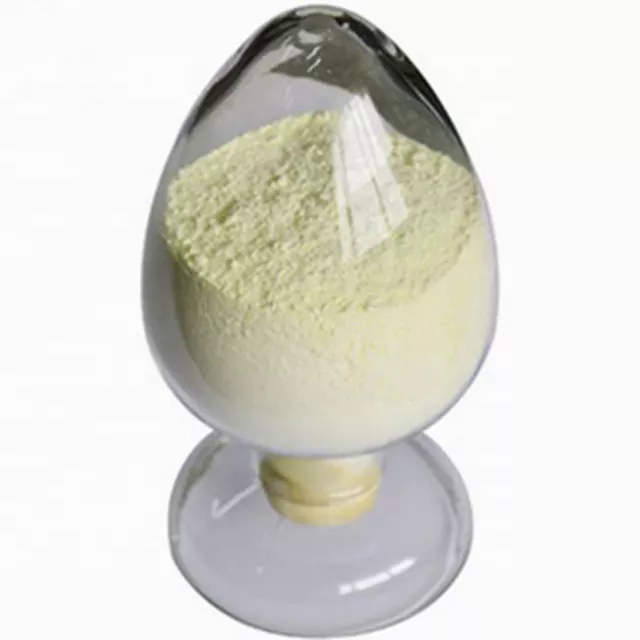Dimethyl sebacate
Synonym(s):Decanedioic acid 1,10-dimethyl ester;Dimethyl decanedioate;NSC 9415;Sebacic acid dimethyl ester
- CAS NO.:106-79-6
- Empirical Formula: C12H22O4
- Molecular Weight: 230.3
- MDL number: MFCD00008472
- EINECS: 203-431-4
- SAFETY DATA SHEET (SDS)
- Update Date: 2025-01-27 09:38:02

What is Dimethyl sebacate?
Chemical properties
colourless melt or liquid. Needle-like or plate-like colorless or white crystals. M.P. 38° C. B.P. 293° C. Sp.Gr. 0.99 (liquid). Pleasant and mild-ethereal-fruity odor. Fruity-winey, ethereal Apple-like taste, but very mild.
The Uses of Dimethyl sebacate
Polytetramethylene sebacate was prepared from dimethyl sebacate. Dimethyl sebacate was used in the biosynthesis of oligomeric sebacates as lubricant oils. Dimethyl sebacate was a convenient starting material for cyclization of N-Succinylglycine dimethyl ester.
What are the applications of Application
DMS can be used in the synthesis of decanedihydrazide which can be used as a precursor for isocyanates for the synthesis of thermoplastic polyurethanes. Transesterification of DMS with 2-ethylhexanol can be used to synthesize bis(2-ethylhexyl)sebacate for further use in petroleum based lubricants.
Definition
ChEBI: Dimethyl sebacate is a fatty acid methyl ester that is sebacic acid in which both carboxy groups are replaced by methoxycarbonyl groups. It has a role as a plasticiser and a plant metabolite. It is a fatty acid methyl ester and a diester. It is functionally related to a sebacic acid.
Preparation
By direct estenfication of Sebacic acid and Methanol, usually under azeotropic conditions.
General Description
Dimethyl sebacate (DMS) is a plasticizer that can be synthesized by esterification of sebacic acid. It is from vegetable origin since it is processed from castor oil.
Properties of Dimethyl sebacate
| Melting point: | 29-31 °C (lit.) |
| Boiling point: | 158 °C/10 mmHg (lit.) |
| Density | 0.988 g/mL at 25 °C (lit.) |
| vapor pressure | 0.08Pa at 25℃ |
| refractive index | 1.4355 (estimate) |
| Flash point: | 293 °F |
| storage temp. | Sealed in dry,Room Temperature |
| form | powder to lump to clear liquid |
| color | White or Colorless to Light yellow |
| Water Solubility | Insoluble in water. |
| BRN | 1785523 |
| Stability: | Stable. Incompatible with oxidizing agents, bases. Combustible. |
| CAS DataBase Reference | 106-79-6(CAS DataBase Reference) |
| NIST Chemistry Reference | Decanedioic acid, dimethyl ester(106-79-6) |
| EPA Substance Registry System | Decanedioic acid, 1,10-dimethyl ester (106-79-6) |
Safety information for Dimethyl sebacate
| Signal word | Warning |
| Pictogram(s) |
 Exclamation Mark Irritant GHS07 |
| GHS Hazard Statements |
H315:Skin corrosion/irritation H319:Serious eye damage/eye irritation |
| Precautionary Statement Codes |
P280:Wear protective gloves/protective clothing/eye protection/face protection. P302+P352:IF ON SKIN: wash with plenty of soap and water. P305+P351+P338:IF IN EYES: Rinse cautiously with water for several minutes. Remove contact lenses, if present and easy to do. Continuerinsing. P332+P313:IF SKIN irritation occurs: Get medical advice/attention. P337+P313:IF eye irritation persists: Get medical advice/attention. |
Computed Descriptors for Dimethyl sebacate
Dimethyl sebacate manufacturer
New Products
Methyl (R)-1-Boc-4,4-difluoropyrrolidine-2-carboxylate 2,2-Difluoropropylamine hydrochloride tert-butyl 3-bromoazetidine-1-carboxylate (R)-1-Boc-3-hydroxypyrrolidine DIFLUOROACETIC ANHYDRIDE 2,2-Difluoropropionic acid Diallylamine, 99% Calcium hydroxide, 95% Aluminum oxide, basic 2-Bromophenylacetonitrile, 97% L-tert-Leucine,97% N-Hydroxy-2-methylpropanimidamide 4-(3,4-Dichlorophenyl)-3,4-Dihydro-N-Methyl-1-(2H)-Naphthalenimine (Schiff Base) 2-AMINO-3,5-DIBROMO BENZALDEHYDE [ADBA] L-Glutamic Acid Dimethyl Ester Hcl 10-Methoxy-5H-dibenz[b,f]azepine 5-Cyanophthalide N, N-Carbonyldiimidazole (CDI) Dibenzoyl Peroxide Titanium Dioxide 2-(Methylthio) Benzonitrile Sodium Acetate Anhydrous Allopurinol 1,5-DibromopentaneRelated products of tetrahydrofuran








You may like
-
 Dimethyl Sebacate 98%View Details
Dimethyl Sebacate 98%View Details -
 106-79-6 98%View Details
106-79-6 98%View Details
106-79-6 -
 Dimethyl sebacate CAS 106-79-6View Details
Dimethyl sebacate CAS 106-79-6View Details
106-79-6 -
 Dimethyl Sebacate CAS 106-79-6View Details
Dimethyl Sebacate CAS 106-79-6View Details
106-79-6 -
 Dimethyl sebacate 98.00% CAS 106-79-6View Details
Dimethyl sebacate 98.00% CAS 106-79-6View Details
106-79-6 -
 Dimethyl sebacate CAS 106-79-6View Details
Dimethyl sebacate CAS 106-79-6View Details
106-79-6 -
 Ethyl-2-Chloroacetoacetate 609-15-4View Details
Ethyl-2-Chloroacetoacetate 609-15-4View Details
609-15-4 -
 609-15-4View Details
609-15-4View Details
609-15-4
